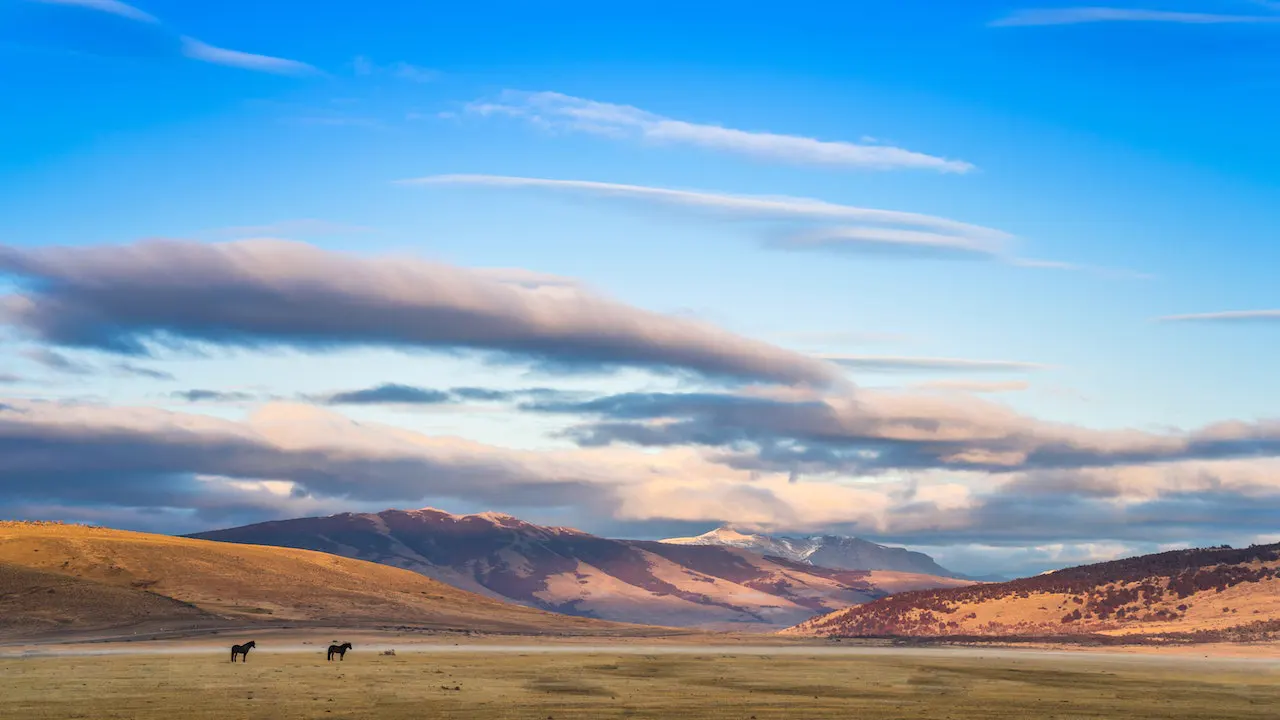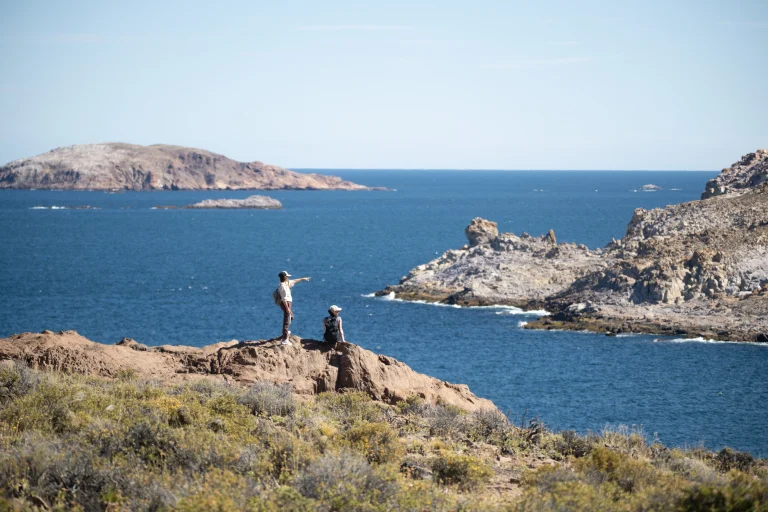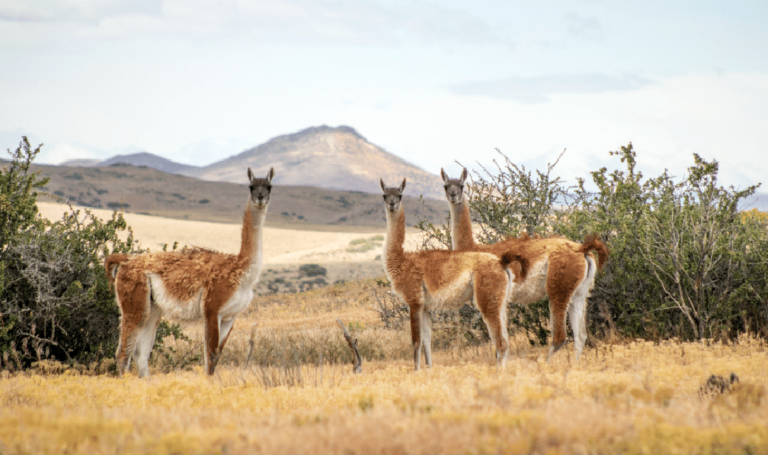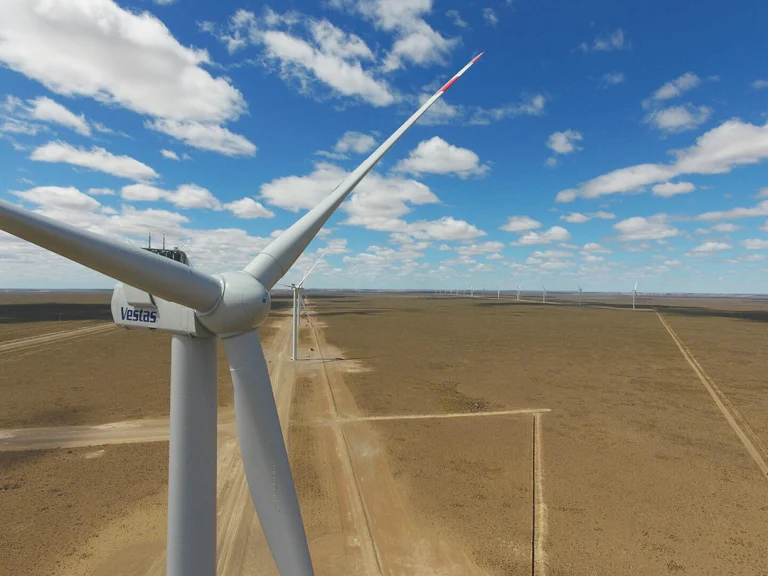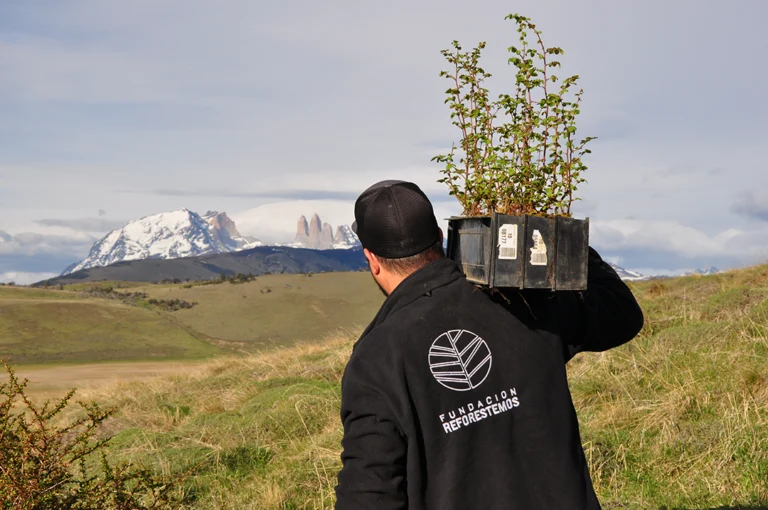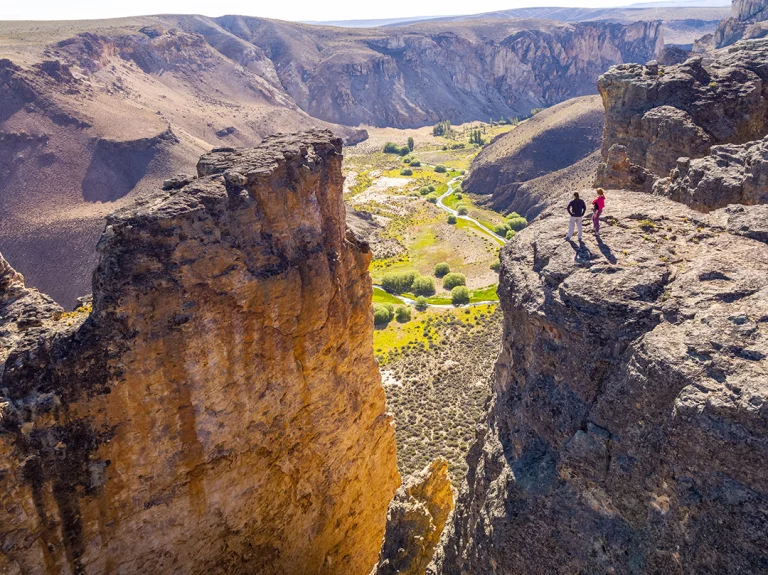Near Punta Arenas, Chile, Companies Launch World’s First Green Hydrogen from Patagonia
In southern Patagonia, specifically in the town of Haru Oni near Punta Arenas, Chile – at the edge of the continental territory facing Tierra del Fuego Island – stands an industrial plant that’s the world’s first facility producing CO₂-neutral fuels through green hydrogen. The Haru Oni project (a pilot initiative by HIF) leverages the strong, consistent winds of Chile’s southernmost region, Magallanes.
This location was chosen precisely for its exceptional wind resources, which provide the energy needed for green hydrogen production. With approximately 6,000 annual hours of full-capacity operation (equivalent to 270 days), the plant’s output triples the productive capacity of comparable European facilities.
The project also enjoys support from Germany’s Federal Ministry for Economic Affairs and Climate Action, marking it as the first hydrogen initiative funded under Germany’s National Hydrogen Strategy. This could ultimately set a global trend for sustainable energy innovation.
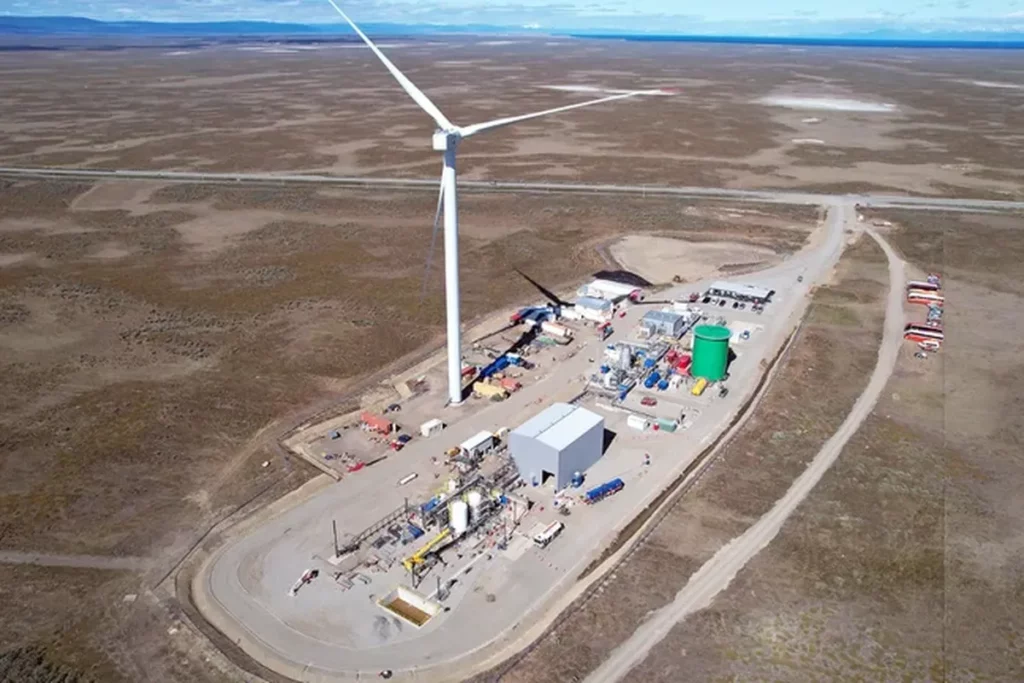
Haru Oni Project: Key Facts
- Located in Cabo Negro, north of Punta Arenas in the Magallanes Region
- Powered by a 3.4 MW wind turbine from Enel Green Power
- Features a 1.25 MW electrolyzer
- Initial pilot phase aims to produce 350 tons/year of methanol and 130,000 liters/year of synthetic fuel
Green vs. Conventional Hydrogen
Hydrogen is produced industrially through electrolysis, where electricity splits water molecules (H₂O) into hydrogen and oxygen. Currently, 95% of global hydrogen production uses natural gas, oil, or coal – called “gray hydrogen” due to its high CO₂ emissions.
When renewable energy powers electrolysis, the result is “green hydrogen” – chemically identical but carbon-neutral. The Haru Oni project holds Clean Energy Certification from TÜV Süd and Germany’s DENA energy agency (developed with Siemens Energy), verifying sustainability across the entire production chain from wind turbine to fuel tank.
Patagonia’s Strategic Advantage
About 70% of green hydrogen production costs relate to energy inputs. Chile’s renewable potential – particularly Magallanes’ exceptional onshore winds – could make it the world’s lowest-cost producer. McKinsey & Co projects Chile’s green hydrogen industry could grow 33-fold by 2050, initially serving domestic needs before expanding to exports like green ammonia.
Global Context
With over 1.3 billion internal combustion vehicles worldwide (projected to reach 2 billion by 2035), green hydrogen offers solutions where direct electrification isn’t feasible – heavy transport, steel, cement, etc. Enel Group plans to develop 2 GW of electrolyzer capacity by 2030, focusing on Italy, Spain, the US, and Chile.
Project Partners
The German company Siemens Energy is the main investor and promoter of the green hydrogen project in southern Chile. The production of the e-fuel is in charge of the company Highly Innovative Fuels (HIF) of which Porsche, Enel Green Power Enap, Gasco and Exxon Mobile are part.
The aim is to use the excellent wind resource for hydrogen production. After this, a chemical plant will capture CO2 from the atmosphere and combine it with the green hydrogen to produce synthetic fuels, which will finally be exported to Germany for testing by Porsche. Specifically in the automotive world, Porsche will be the first buyer of the green hydrogen produced in the Chilean base. In a first instance, the German premium car firm will use the e-fuel to feed the cars of the Porsche Supercup, and the cars of its Experience Centers.
Enel Green Power already has a first previous experience in the generation of green hydrogen.
In the Cerro Pabellón geothermal power plant, built at 4,500 meters above sea level in the Antofagasta region in a joint venture with ENAP, the production of green hydrogen using the sun as an energy source began. This hydrogen is then stored and used to cover part of the camp’s energy needs.By replacing diesel, Cerro Pabellón, in addition to being the first plant of its kind in South America, has become one with the first experience of its kind in the region.
The Future of Green Hydrogen Begins in Patagonia
The Haru Oni plant marks a milestone in global energy transition, proving Patagonia can be both pristine wilderness and sustainable innovation hub. This Siemens Energy/HIF Global project positions Chile as a carbon-neutral fuel leader, thanks to its unparalleled wind resources and decarbonization commitment. More Haru Oni info
As green hydrogen emerges as tomorrow’s energy vector, initiatives like this chart a course beyond fossil fuels. Could this become a model for other regions?
Stay updated on clean energy developments by subscribing to our newsletter and following us on social media. Patagonia Más is your trusted source for environmental innovation and Patagonian development news.

